-
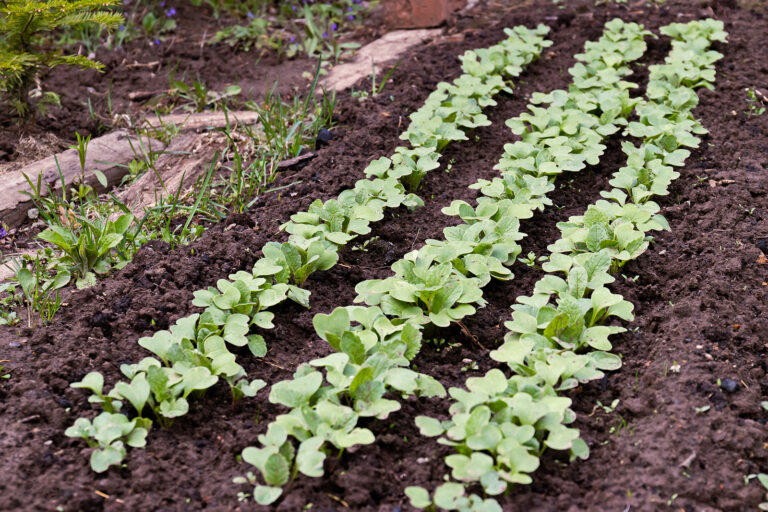
When to Plant Radishes for Spring, Summer, and Fall Gardens
By Stephen AlbertRadishes are one of the fastest-growing vegetables, making them a rewarding choice for multiple plantings throughout the year. Knowing when to plant ensures tender roots and crisp flavor. Here’s a seasonal guide to get the most from your radish crops. Planting Radishes in Spring Radishes thrive in cool soil. For an early spring harvest, sow… -
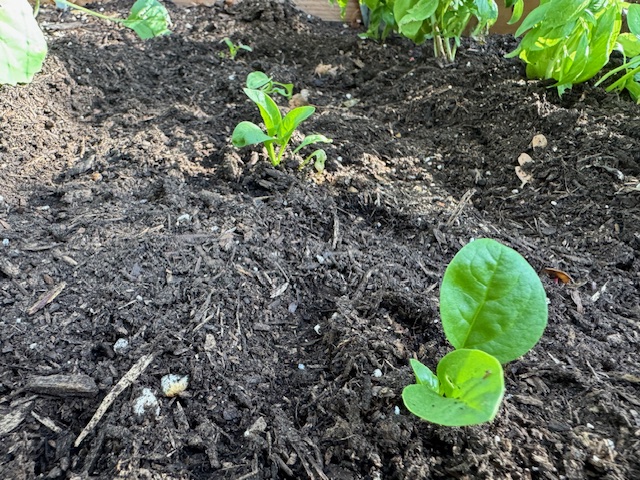
When to Plant Spinach for Spring, Fall, and Winter Gardens
By Stephen AlbertSpinach is a cool-season green that thrives when planted in the right season. By timing your planting for spring, fall, or even winter, you can enjoy tender, flavorful leaves for much of the year. Spring Planting Plant spinach in early spring as soon as the soil can be worked. Ideal soil temperature for germination is… -
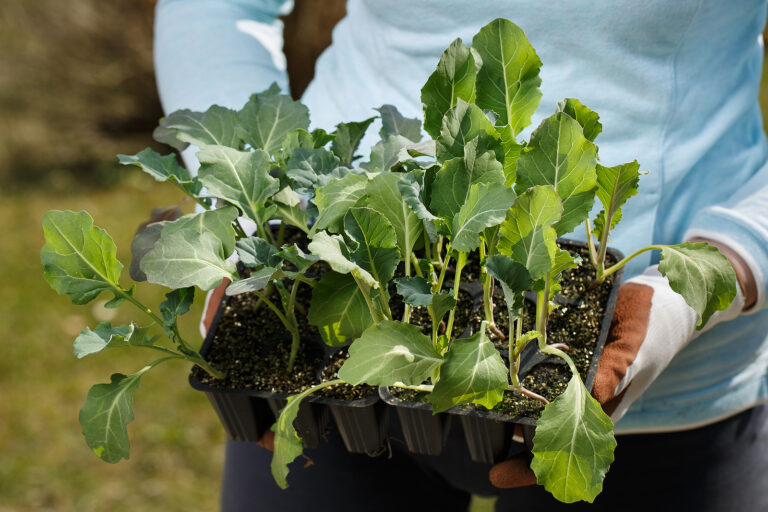
When to Plant Broccoli: Timing by Zone and Season
By Stephen AlbertBroccoli thrives in cool weather, and timing your planting right is the key to a healthy, productive harvest. Knowing when to plant depends on both your USDA Hardiness Zone and whether you’re aiming for a spring or fall crop. Plant too early and frost can damage seedlings; plant too late and heat can cause plants… -

When to Plant Cabbage: Timing for Spring, Summer, and Fall Crops
By Stephen AlbertCabbage is a cool-weather crop that rewards careful timing with crisp, sweet heads and a long harvest window. Over my 30+ years of gardening in raised beds and containers, I’ve found that planting time is the single most important factor in producing cabbage that’s tender, flavorful, and free from heat stress. Plant too late, and… -
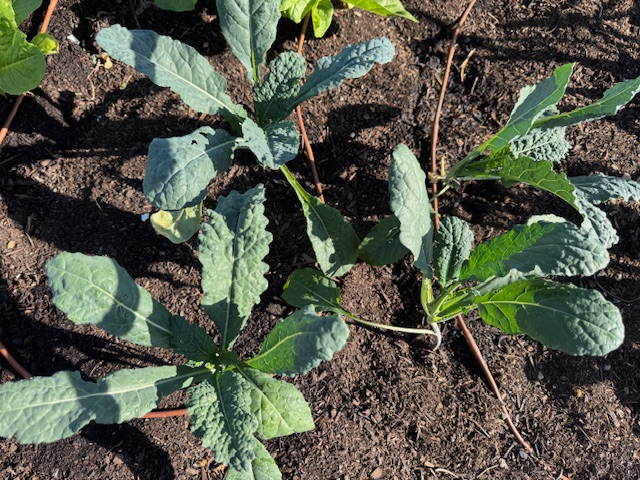
When to Plant Kale for Fall, Winter, and Spring Harvests
By Stephen AlbertAfter more than 30 years of growing kale in different regions—from the cool coastal zones of California to the hot inland valleys—I’ve learned that timing is everything for a steady supply of tender, flavorful leaves. Whether you want to harvest in fall, winter, or spring, your planting date can make the difference between lush, sweet… -
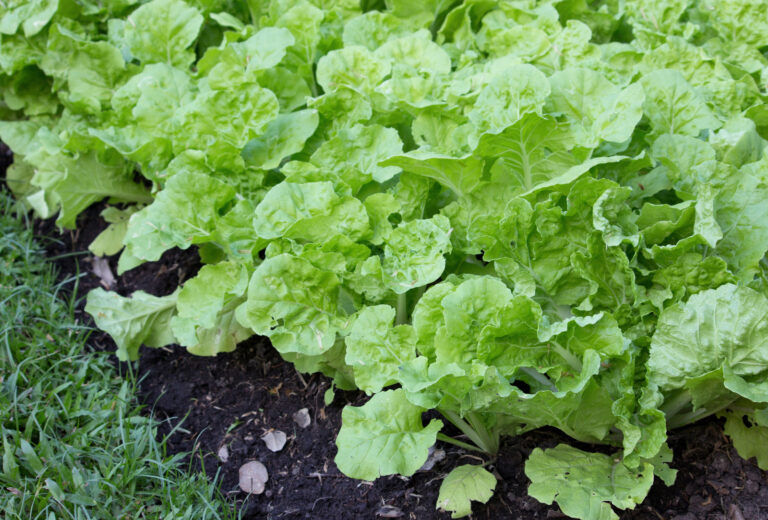
How to Grow a Fall Lettuce Crop for Cool-Weather Harvests
By Stephen AlbertGrowing lettuce in the fall is a smart way to enjoy fresh greens long after the heat of summer fades. As a year-round gardener in California’s Sonoma Valley, I’ve had great success growing fall lettuce in raised beds, containers, and even cold frames. Fall lettuce often grows more tender and flavorful than spring crops because… -
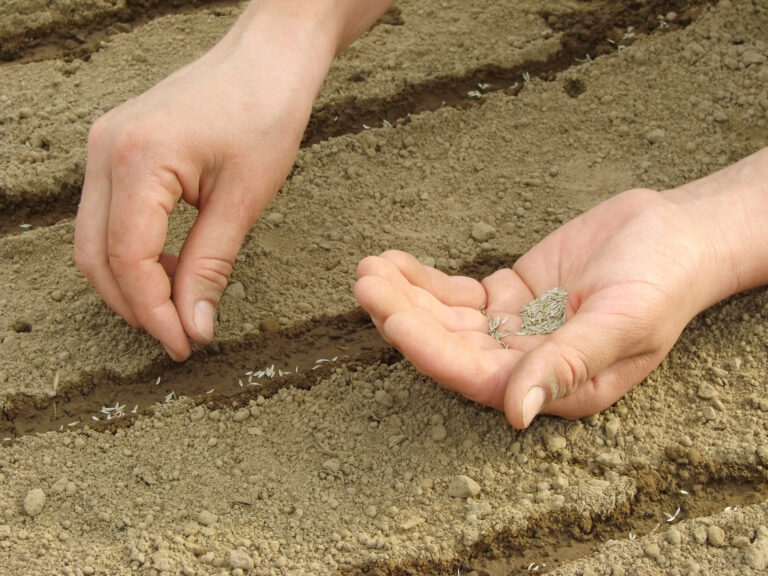
When to Plant Carrots: Timing for Every Season
By Stephen AlbertCarrots are a cool-season crop that thrive in both early spring and fall. But with the right planning, you can grow carrots nearly year-round in many climates. The key is knowing when to plant for each season to get the straightest, sweetest roots. In this guide, I’ll walk you through the best planting windows for… -

How to Grow Basil in Pots Indoors and Out: A Gardener’s Guide
By Stephen AlbertAfter growing basil in everything from raised beds to patio pots to windowsills, I can say with confidence: basil thrives in containers when given the right care. Whether you want to grow a pot of sweet basil on your balcony, a dwarf variety on your kitchen counter, or start winter herbs from cuttings, container growing… -
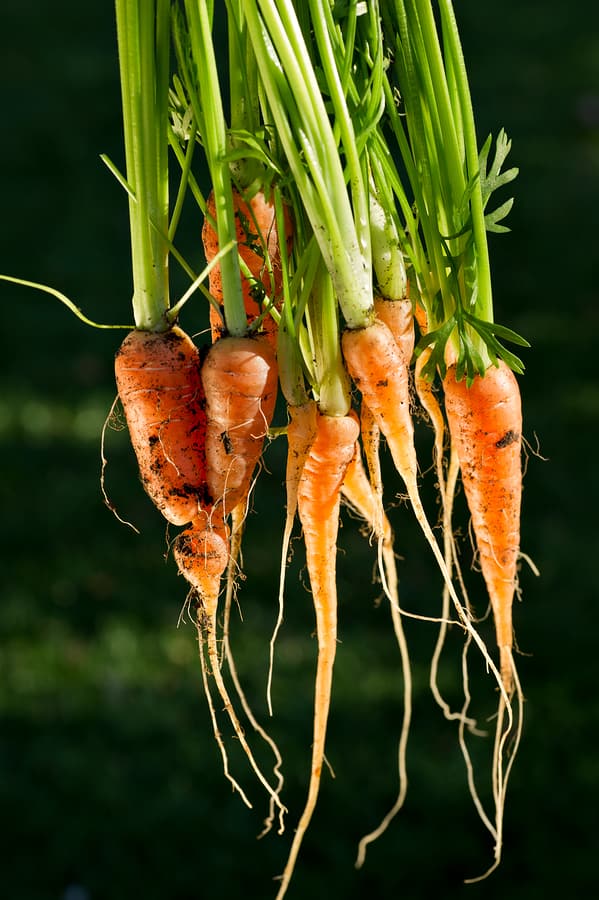
Grow Carrots Anytime of the Year in Five Steps
By Stephen AlbertYou can grow carrots just about any time of the year in raised beds or containers—even in winter with the protection of a plastic tunnel. Carrots are easy to grow; just give them loose, rich soil free of clods and stones and a soil temperature anywhere between 45° and 85°F. Short and finger-size carrots that… -
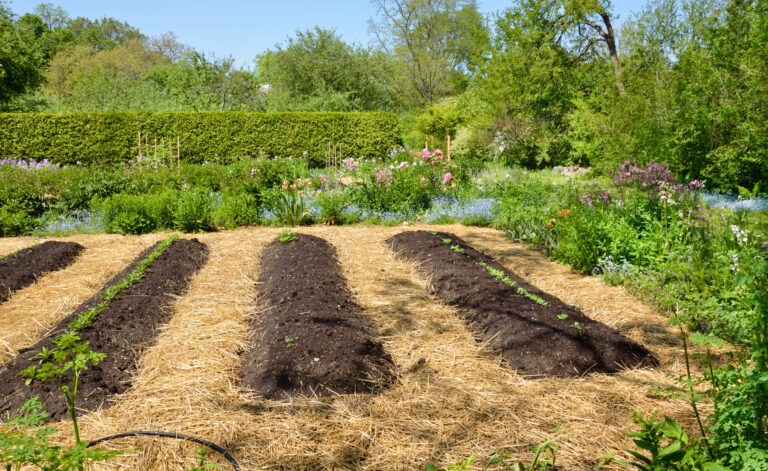
How to Grow a Fall Vegetable Garden
By Stephen AlbertYou can grow vegetables for harvest in the fall. Plant a fall and winter harvest vegetable garden in mid-to-late summer. Hardy, cool-weather crops are best suited for the fall vegetable garden. Cool-weather vegetables like to get their start in warm soil and come to maturity when days and nights are cool. Cool-weather vegetables include leafy…
Join our gardening family to receive the latest tips. SUBSCRIBE
